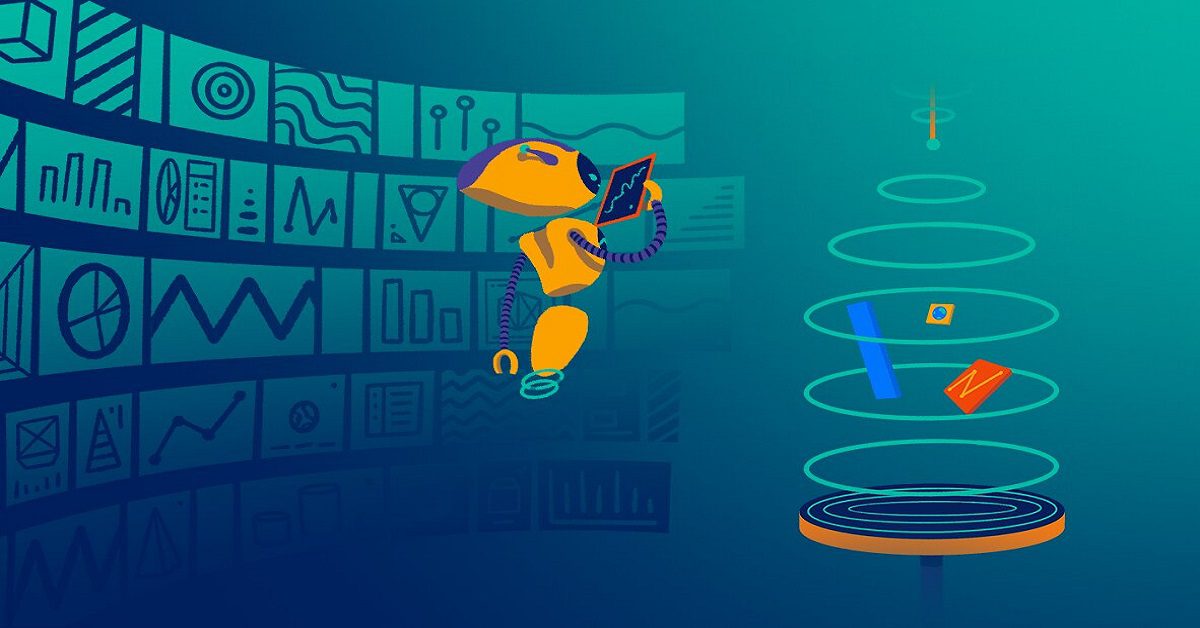The monolithic architectural method becomes increasingly difficult to manage as the size and complexity of software applications continue to increase. It is notoriously difficult to scale monoliths because of the close connectivity among their components. It renders the program unmanageable and creates it challenging to keep it updated. On the other side, microservices are envisioned to be more adjustable, accessible, and vigorous than traditional services.
They break the application up into some smaller, self-contained services that interact with one another through application programming interfaces (APIs). This strategy offers a wide variety of benefits that might direct developers toward the formation of superior software applications. Here we will delve into the topic of microservices architecture, investigating what it is, how it operates, and the reasons why it has emerged as the technique of choice for a significant number of software professionals.
In addition to this, we will offer some best practices for microservices developers to create applications that are built on microservices and talk about techniques for breaking down monoliths into smaller microservices. Understand why architecture is important and how to use it in your projects, regardless of whether you are an experienced developer or you are just beginning your journey with microservices.
What exactly is the Monolith?
- Is your application now unmanageable due to its increased size and complexity?
- Are you anxious about the introduction of new versions since there always seems to be something new that breaks?
- Are you dissatisfied that it takes so much time to add fresh capabilities to your application?
- Are you concerned that the expenses of providing support for your application will continue to increase?
- Have you given any thought to the optimal way to make use of cloud capabilities after moving your app to the cloud?
If you answered “Yes” to the majority of the above queries, you should consider the possibility that you have Monoliths.
When compared to applications that make use of microservices, monoliths are often simpler to design and implement, and they may also be easier to maintain. To develop an application’s whole set of capabilities, its modules must first establish two-way communication with one another via an Application Programming Interface, or API.
Having said that, it is essential to have an understanding that microservices may be constructed and delivered without the usage of containers and can also be used for installing monolithic apps. In the end, the choice of whether to employ one of the technologies or both will be determined by the particular requirements and objectives of the project that is being worked on. In a nutshell, managing the operations of several databases may be simplified and streamlined via the use of a single centralized database, which in turn improves overall productivity.
-
Eliminating unnecessary effort for manual input duplication
It is necessary for every company or organization that wants to increase their efficiency and production to get rid of any duplication of work that involves manual input. Investing in automation software or tools that can simplify processes and decrease the need for human input is one of the best methods to avoid duplication. Investing in automation software or products is one of the greatest ways to eliminate duplication.
-
Minimizing programmatic development dangers
Eliminating or significantly lowering the risks associated with the development of the program is one of the most important steps in assuring the success of a project. Before beginning development of the project, the creation of a comprehensive strategy is one of the most effective approaches to mitigate these risks. This strategy needs to incorporate not only a distinct comprehension of the requirements of the project but also an in-depth road map of the procedure of its development.
-
Offering consolidated perspective
It is becoming quite necessary to present a single, unified picture of the data as it becomes more important to keep up with the ever-increasing volumes of data that are created each day. Data may be collected by businesses and organizations from a wide number of sources, including social media platforms, interactions with customers, and internal systems. Because the data is often kept in a variety of forms and in a variety of locations, gaining a comprehensive knowledge of the data might be challenging.
-
The control and synchronization
One essential component of contemporary technological development is the enhancement of system control and synchronization. As the fields of automation and artificial intelligence continue to grow, it is becoming more important to guarantee that diverse computer systems can cooperate without causing any disruptions. This is something that may be done by using more complex algorithms and software that is designed to enhance the efficiency of the aforementioned systems.
-
Standalone functionalities
When it comes to the realm of technology and software, independent features are an extremely important component in the delivery of solutions that are customized to meet the requirements of distinct businesses. Businesses can avoid the disorder and inefficiency that often result from the use of generic Monoliths for the purposes for which it was not designed by enabling the best designs to be arranged around the unique demands of the company. Microservices developers must also have strong problem-solving skills to troubleshoot issues and optimize performance in a distributed system.
Bottom Line
Instead of creating a huge application, the microservices architecture calls for the making of some apps into smaller services. It is the goal of organizations that migrate their existing applications to microservices to allow microservices developers to realize the benefits of microservices architectures, such as resilience, scalability, improved time to the marketplace, and easier maintenance while maintaining the maximum amount of productivity possible and causing the least amount of disruption to their existing applications and services.












